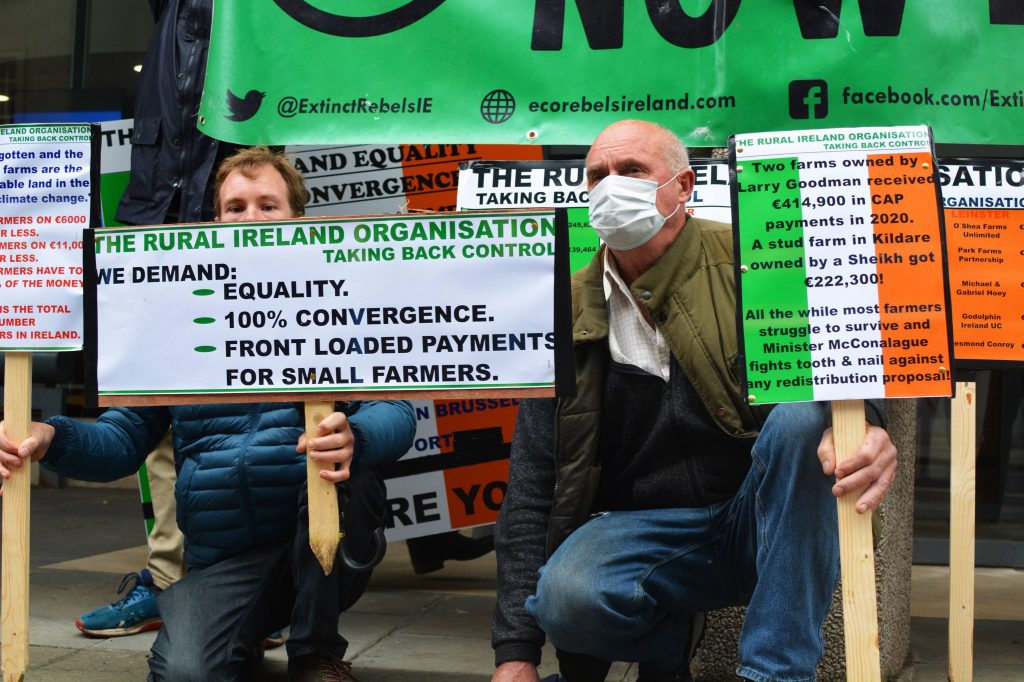New agricultural strategy “detrimental” for sector, environmental groups warn

3 August 2021
The newly published Food Vision 2030 Strategy threatens to be “yet another detrimental blueprint for agriculture”, according to a coalition of environmental groups.
The document was noted by the Government and while not legally binding, experts have said it guides the direction and trajectory of the sector.
Minister for the Environment Eamon Ryan said its publication was important as it puts, “for the first time, environmental measures central to an agri-food sector plan.”
“One crucial element is that it states clearly that the Strategy must adjust to meet the Climate Action Plan being launched later this year, as well as other environmental measures which are being rolled out,” Minister Ryan added.
However, these measures according to the 30-plus environmental group coalition of the Environmental Pillar are “drastically insufficient.”
The Pillar had previously held the only environmental NGO seat on the Committee that drafted the document, but left in February on the grounds that its suggestions were disregarded.
“Yet again, we have been presented with an industry-led and dominated blueprint for agriculture that fails to address the multiple crises we face,” Environmental Pillar co-ordinator and former Environmental Pillar representative on the Strategy Karen Cielsielski said.
“Unfortunately, our initial assessment of this Strategy was correct: this roadmap has not met this critical moment for our dual climate and biodiversity crises and it is imperative the Government now sets up to enact the transformative change we need,” she added.
The coalition said its sights are now set on the upcoming first carbon budget, which will mean that “every sector – including agriculture – will have to seriously up its targets and what is outlined in this Strategy falls woefully short,” according to Ms. Cielsielski.

Irish agriculture & emissions
To date, agriculture is Ireland’s largest emitting sector, now accounting for over a third of total emissions.
While many other sectors saw a decline in their emissions in 2020 due to the Covid-19 pandemic, agricultural emissions appeared to have increased slightly by almost half a per cent due to the greater use of fuel and nitrogen fertiliser, according to the EPA.
The dairy herd has continued to grow year-on-year over the past decade, and from 2014 to 2019 alone its numbers increased by almost a quarter, while milk production rose by 41 per cent.
The EPA has previously referenced one of Food Vision’s predecessors’, Food Wise 2025 Strategy, as driving the industry’s growth as well as the removal of dairy quotas in 2015.
[x_author title=”About the Author”]







